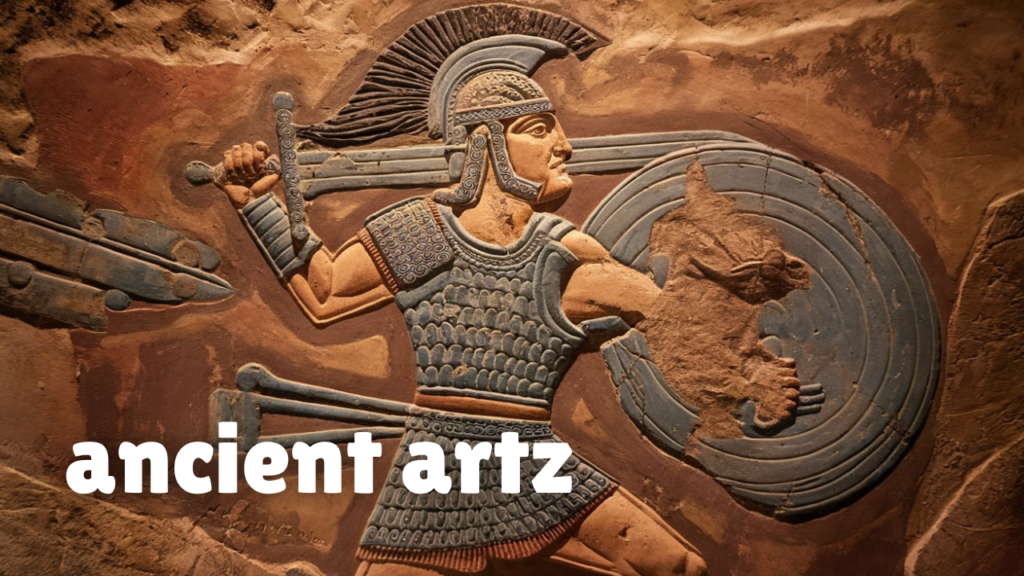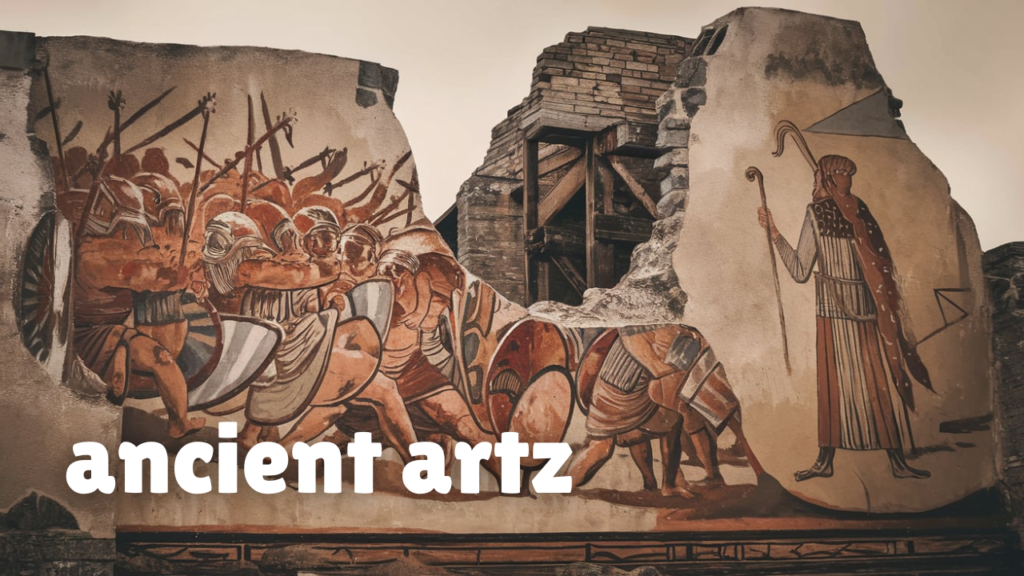The term ancient artz refers to the artistic creations of early civilizations, which stand as remarkable testaments to human creativity and ingenuity. These works are not merely aesthetic endeavors; they serve as windows into the beliefs, values, and daily lives of ancient societies. By studying these timeless masterpieces, we can better understand the cultural richness and historical context of our ancestors.
What is Ancient Artz?
Ancient artz encompasses a diverse array of artistic expressions, ranging from sculpture, painting, and architecture to pottery, textiles, and decorative arts. These creations, often rooted in religious or spiritual traditions, reveal profound connections between humanity and the divine. Many of these works were crafted with symbolic significance, employing motifs and imagery to convey ideas such as power, fertility, and the afterlife.
The Significance of Ancient Artz
Cultural Insight: Ancient artworks serve as visual documentation of the cultural, political, and social norms of their times.
Technological Innovation: The methods and tools used to create these works showcase early technological advancements.
Symbolism and Spirituality: Many pieces reflect the spiritual beliefs and mythologies of the cultures that produced them.
Preservation of History: These artistic endeavors offer clues about historical events, societal structures, and interactions between civilizations.

Prominent Civilizations and Their Contributions
Ancient Egypt: Known for its monumental pyramids, intricate hieroglyphs, and detailed tomb paintings, Egyptian art often depicted gods, pharaohs, and daily life with a focus on symmetry and symbolism.
Mesopotamia: The cradle of civilization, Mesopotamia gifted the world with cuneiform writing, elaborate temples like ziggurats, and detailed relief sculptures depicting myths and rulers.
Ancient Greece: Famed for its classical sculptures and elegant architecture, Greek art emphasized humanism, proportion, and the exploration of beauty.
Ancient Rome: Heavily influenced by Greek traditions, Roman art included realistic portraiture, impressive mosaics, and monumental structures like the Colosseum.
Ancient China: Known for jade carvings, silk paintings, and delicate porcelain, Chinese art also introduced calligraphy as a highly esteemed artistic form.
Ancient India: Renowned for its temple architecture, intricate stone sculptures, and vibrant miniature paintings, Indian art often focused on spiritual themes from Hinduism, Buddhism, and Jainism.
Pre-Columbian Americas: Civilizations like the Maya, Aztec, and Inca produced monumental pyramids, intricate stone carvings, and colorful ceramics reflecting their cosmologies and social hierarchies.
Eco-Friendly Practices in Ancient Artz
The creation of ancient artz often relied on natural materials, demonstrating a harmony with the environment. Clay, stone, wood, and natural pigments were used to craft enduring works. These eco-friendly practices underscore the ingenuity of early artisans who maximized available resources without harming their surroundings.
How Ancient Artz Inspires Modern Creativity
The influence of ancient artz extends into contemporary times, inspiring architects, artists, and designers. Modern interpretations of ancient motifs, techniques, and styles can be seen in museums, fashion, and digital media. By studying these historical works, creators today draw lessons on craftsmanship, storytelling, and cultural appreciation.
Also Read : myfastbroker.com forex brokers

Deduction
The legacy of ancient artz continues to captivate and educate, offering a bridge to our shared past. These masterpieces not only highlight the creativity of ancient societies but also remind us of humanity’s enduring quest for expression and meaning. By preserving and studying these treasures, we honor the ingenuity of our ancestors while fostering a deeper understanding of human history.












































